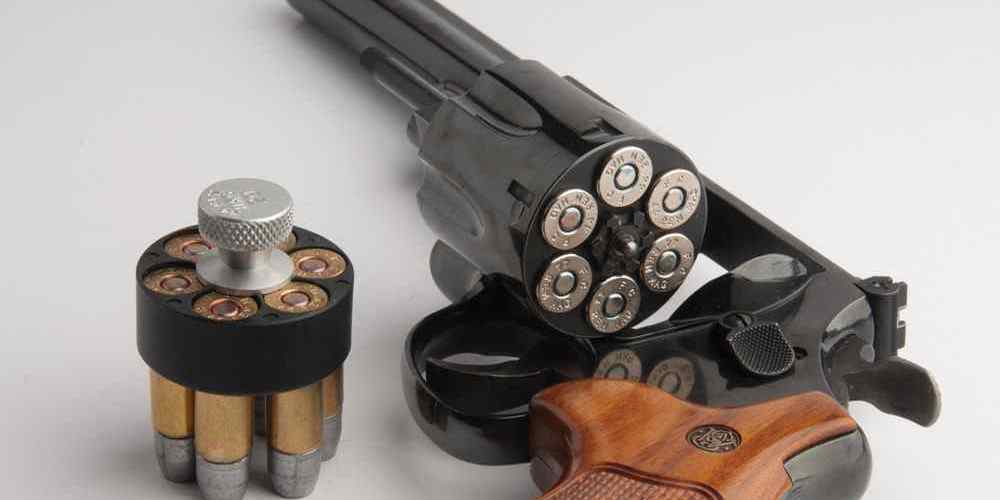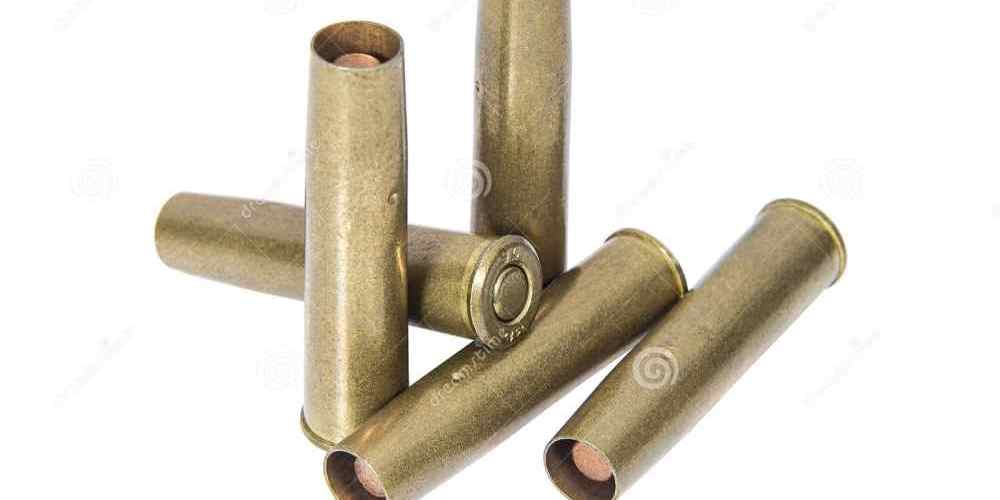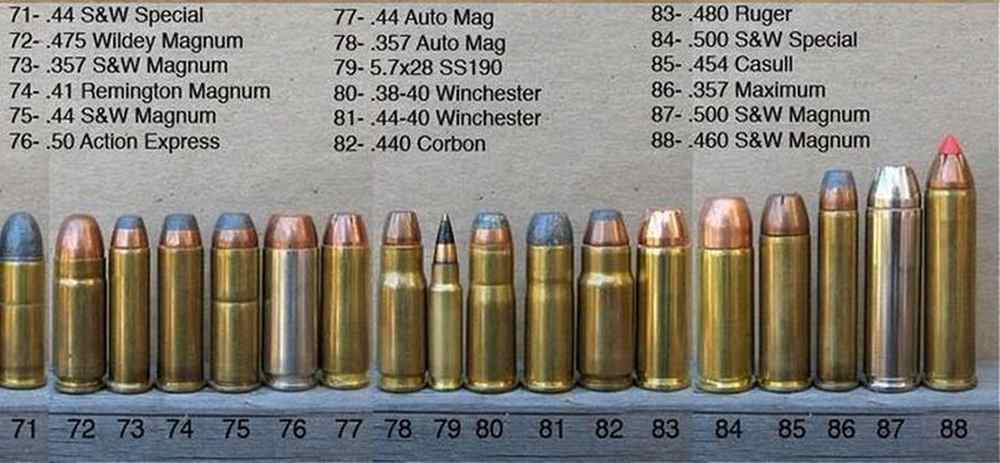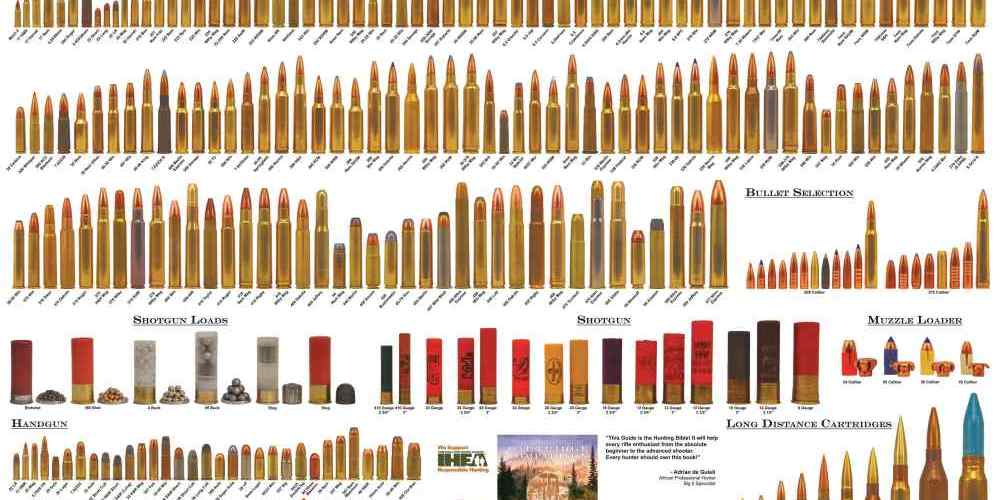“Precision starts with the perfect bullet seating depth.”
Importance of Bullet Seating Depth in Revolver Accuracy
When it comes to achieving optimal accuracy with a revolver, one of the key factors that shooters often overlook is the bullet seating depth. The seating depth refers to how far the bullet is inserted into the cartridge case before it is loaded into the chamber of the revolver. While it may seem like a minor detail, the seating depth can have a significant impact on the performance of your revolver.
One of the main reasons why bullet seating depth is important is because it affects the amount of free bore in the barrel. Free bore is the space between the end of the cartridge case and the beginning of the rifling in the barrel. When a bullet is seated too deeply, it can reduce the amount of free bore, which can lead to increased pressure and potentially dangerous conditions. On the other hand, if the bullet is seated too shallow, it can increase the amount of free bore, which can negatively impact accuracy.
Another reason why bullet seating depth is crucial for revolver accuracy is because it can affect the overall stability of the bullet as it travels down the barrel. When a bullet is seated at the correct depth, it can engage with the rifling properly, which helps to stabilize the bullet and improve accuracy. However, if the bullet is seated too deeply or too shallow, it may not engage with the rifling effectively, leading to decreased stability and accuracy.
In addition to stability, bullet seating depth can also impact the overall performance of the revolver. When a bullet is seated at the correct depth, it can help to ensure consistent ignition and combustion of the powder charge, which can lead to more consistent velocities and tighter shot groups. However, if the bullet is seated incorrectly, it can lead to inconsistent ignition and combustion, which can result in erratic velocities and poor accuracy.
To determine the optimal seating depth for your revolver, it is important to experiment with different seating depths and test the accuracy of your revolver at each depth. Start by seating the bullet at the recommended depth for your specific revolver and then gradually adjust the seating depth in small increments until you find the depth that produces the best accuracy. Keep detailed notes of your testing process, including the seating depth used for each test, the type of ammunition used, and the results of each test.
When experimenting with different seating depths, it is important to keep in mind that small changes in seating depth can have a significant impact on accuracy. Therefore, it is important to be patient and methodical in your testing process. Remember that what works for one revolver may not work for another, so it is important to find the seating depth that works best for your specific revolver.
In conclusion, bullet seating depth plays a crucial role in revolver accuracy. By understanding the importance of seating depth and experimenting with different depths, you can optimize the performance of your revolver and achieve tighter shot groups. So, take the time to fine-tune your seating depth and see the difference it can make in your shooting experience.
Effects of Varying Bullet Seating Depths on Revolver Performance
When it comes to achieving optimal accuracy with a revolver, there are many factors to consider. One often overlooked aspect is the seating depth of the bullet. The seating depth refers to how far the bullet is inserted into the cartridge case before it is fired. This seemingly small detail can have a significant impact on the performance of your revolver.
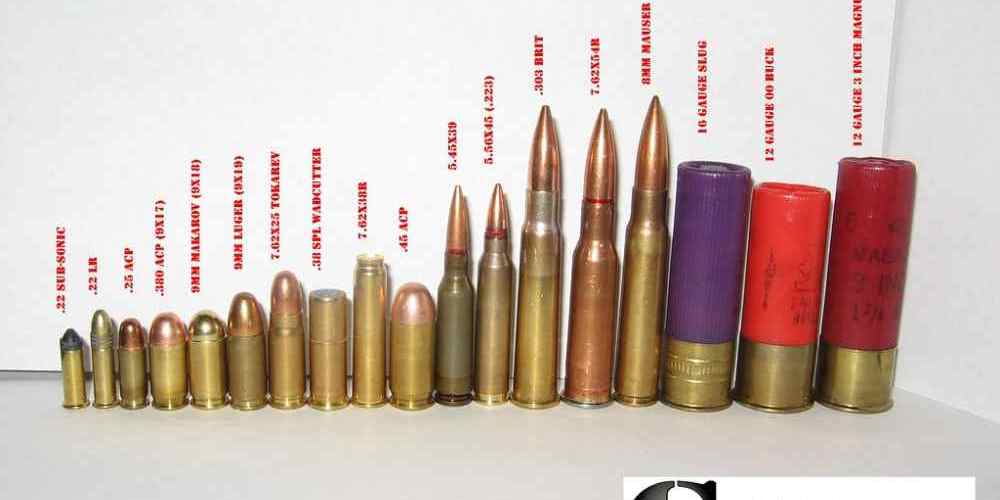
The seating depth of a bullet can affect several key aspects of revolver performance, including accuracy, velocity, and pressure. When a bullet is seated too deeply, it can increase pressure within the cartridge, leading to higher velocities and potentially dangerous conditions. On the other hand, if a bullet is seated too shallow, it can reduce pressure and velocity, resulting in decreased accuracy.
To determine the optimal seating depth for your revolver, it is important to experiment with different depths and observe the effects on performance. Start by loading a few rounds with varying seating depths and fire them at a target to see how they group. Pay attention to any changes in accuracy and consistency as you adjust the seating depth.
One common method for adjusting seating depth is to use a seating die with a micrometer adjustment. This allows you to precisely control the depth at which the bullet is seated, making it easier to fine-tune your loads for optimal performance. By making small adjustments and testing the results, you can find the perfect seating depth for your revolver.
Another factor to consider when adjusting seating depth is the type of bullet you are using. Different bullet shapes and weights can have varying effects on performance, so it is important to experiment with different combinations to find the best match for your revolver. Some bullets may perform better with a deeper seating depth, while others may prefer a shallower depth.
In addition to accuracy, seating depth can also affect the overall feel of your revolver. A bullet that is seated too deeply may cause excessive recoil or muzzle flip, while a bullet that is seated too shallow may feel sluggish and unresponsive. Finding the right balance between performance and comfort is key to maximizing your revolver’s potential.
Overall, the seating depth of a bullet plays a crucial role in revolver performance. By experimenting with different depths and paying attention to the effects on accuracy, velocity, and pressure, you can fine-tune your loads for optimal results. Remember to consider the type of bullet you are using and adjust accordingly to achieve the best possible performance. With a little patience and practice, you can unlock the full potential of your revolver and enjoy improved accuracy and consistency on the range.
Optimal Bullet Seating Depth for Improved Revolver Accuracy
When it comes to achieving optimal accuracy with a revolver, there are many factors to consider. One often overlooked aspect is the bullet seating depth. The way a bullet is seated in the cartridge can have a significant impact on the performance of the revolver. In this article, we will explore the influence of bullet seating depth on revolver accuracy and discuss how to determine the optimal seating depth for improved performance.
Bullet seating depth refers to the distance between the base of the bullet and the mouth of the cartridge case. This distance can vary depending on the specific bullet and cartridge being used. The seating depth affects the amount of free bore in the barrel, which in turn can impact the pressure and velocity of the bullet as it travels down the barrel.
One of the key factors to consider when determining the optimal bullet seating depth is the overall length of the cartridge. The overall length is the maximum length that a cartridge can be while still fitting into the chamber of the revolver. It is important to ensure that the bullet is seated to the correct depth so that it does not exceed the overall length of the cartridge.
Another important consideration is the rifling of the barrel. The rifling is the spiral grooves cut into the barrel that impart spin to the bullet as it travels down the barrel. The bullet seating depth can affect how well the bullet engages with the rifling, which can impact accuracy. It is important to find the right balance between engaging the rifling and allowing for proper bullet release.
In addition to overall length and rifling, the type of bullet being used can also influence the optimal seating depth. Different bullets have different shapes and weights, which can affect how they perform at different seating depths. It is important to experiment with different seating depths to find the one that works best for a particular bullet and cartridge combination.
One way to determine the optimal seating depth for a revolver is through a process called “seating depth testing.” This involves loading cartridges with different seating depths and testing them for accuracy. By comparing the results of these tests, it is possible to identify the seating depth that produces the best performance.
When conducting seating depth testing, it is important to keep detailed records of the results. This will allow for easy comparison of different seating depths and help to identify trends in performance. It is also important to use a consistent shooting technique and conditions when conducting the tests to ensure accurate results.
In conclusion, the bullet seating depth can have a significant impact on revolver accuracy. By considering factors such as overall length, rifling, and bullet type, it is possible to determine the optimal seating depth for improved performance. Seating depth testing is a valuable tool for identifying the best seating depth for a particular revolver and cartridge combination. By taking the time to experiment with different seating depths, shooters can achieve greater accuracy and consistency with their revolvers.
Bullet Seating Depth and its Impact on Revolver Barrel Harmonics
When it comes to achieving optimal accuracy with a revolver, there are many factors to consider. One often overlooked aspect is the seating depth of the bullet in the cartridge. The seating depth refers to how far the bullet is inserted into the case before it is crimped in place. This seemingly minor detail can have a significant impact on the performance of your revolver.
The seating depth of a bullet can affect the way it engages with the rifling in the barrel. When a bullet is seated too deeply, it may not make proper contact with the rifling, leading to decreased accuracy. On the other hand, if the bullet is seated too shallow, it may not provide enough support for the bullet, causing it to wobble as it travels down the barrel.
Finding the optimal seating depth for your revolver can be a bit of a trial-and-error process. Start by loading a few rounds with different seating depths and testing them at the range. Pay close attention to the groupings on your target and make note of which seating depth produces the best results.
It’s important to keep in mind that the optimal seating depth can vary depending on the specific revolver and ammunition you are using. Different bullets and powders can behave differently, so it’s essential to experiment with different combinations to find what works best for your setup.
In addition to affecting accuracy, bullet seating depth can also impact barrel harmonics. Barrel harmonics refer to the vibrations that occur in the barrel when a round is fired. These vibrations can have a significant impact on accuracy, as they can cause the barrel to move slightly as the bullet exits.
By adjusting the seating depth of your bullets, you can influence the way the barrel harmonics behave. Experimenting with different seating depths can help you find a combination that minimizes barrel movement and maximizes accuracy.
When adjusting seating depth, it’s essential to make small changes and test each one thoroughly before making further adjustments. This will allow you to see the impact of each change and make more informed decisions about how to proceed.
In conclusion, the seating depth of your bullets can have a significant impact on the accuracy and performance of your revolver. By experimenting with different seating depths and paying close attention to the results, you can find the optimal combination for your specific setup. Remember to make small adjustments and test each one thoroughly to ensure that you are making informed decisions about how to improve your revolver’s accuracy.
Tips for Adjusting Bullet Seating Depth to Enhance Revolver Accuracy
When it comes to achieving optimal accuracy with a revolver, one of the key factors to consider is the bullet seating depth. The way in which the bullet is seated in the cartridge can have a significant impact on the performance of the firearm. In this article, we will explore the influence of bullet seating depth on revolver accuracy and provide some tips for adjusting seating depth to enhance accuracy.
Bullet seating depth refers to the distance between the base of the bullet and the mouth of the cartridge case. The depth at which the bullet is seated can affect a number of important factors, including pressure levels, bullet stability, and overall accuracy. When a bullet is seated too deeply, it can increase pressure levels within the cartridge, potentially leading to dangerous situations. On the other hand, if a bullet is seated too shallow, it may not make proper contact with the rifling in the barrel, resulting in decreased accuracy.
One of the primary ways in which bullet seating depth can influence revolver accuracy is through the stabilization of the bullet in flight. When a bullet is seated at the correct depth, it will engage with the rifling in the barrel more effectively, resulting in improved stability and accuracy. If a bullet is not seated deeply enough, it may not engage with the rifling properly, leading to erratic flight patterns and decreased accuracy.
Another important consideration when adjusting bullet seating depth is the overall pressure levels within the cartridge. When a bullet is seated too deeply, it can increase pressure levels, potentially leading to dangerous situations. Conversely, if a bullet is seated too shallow, it may not create enough pressure to properly propel the bullet down the barrel. Finding the right balance in seating depth is crucial for achieving optimal performance and accuracy with a revolver.
So, how can you adjust bullet seating depth to enhance revolver accuracy? One of the best ways to determine the optimal seating depth for your revolver is through experimentation. Start by loading a few cartridges with varying seating depths and test them at the range. Pay close attention to the accuracy and consistency of each load, and make note of any patterns that emerge.
Once you have identified the optimal seating depth for your revolver, you can begin to fine-tune your loads for even better performance. Keep in mind that small adjustments in seating depth can have a significant impact on accuracy, so be patient and methodical in your approach. By taking the time to experiment and find the right seating depth for your revolver, you can greatly enhance its accuracy and overall performance.
In conclusion, bullet seating depth plays a crucial role in revolver accuracy. By adjusting seating depth to find the optimal balance between stability, pressure levels, and accuracy, you can greatly enhance the performance of your revolver. Experiment with different seating depths, pay close attention to the results, and make small adjustments as needed to achieve the best possible accuracy with your firearm. With a little time and effort, you can take your revolver shooting to the next level.




